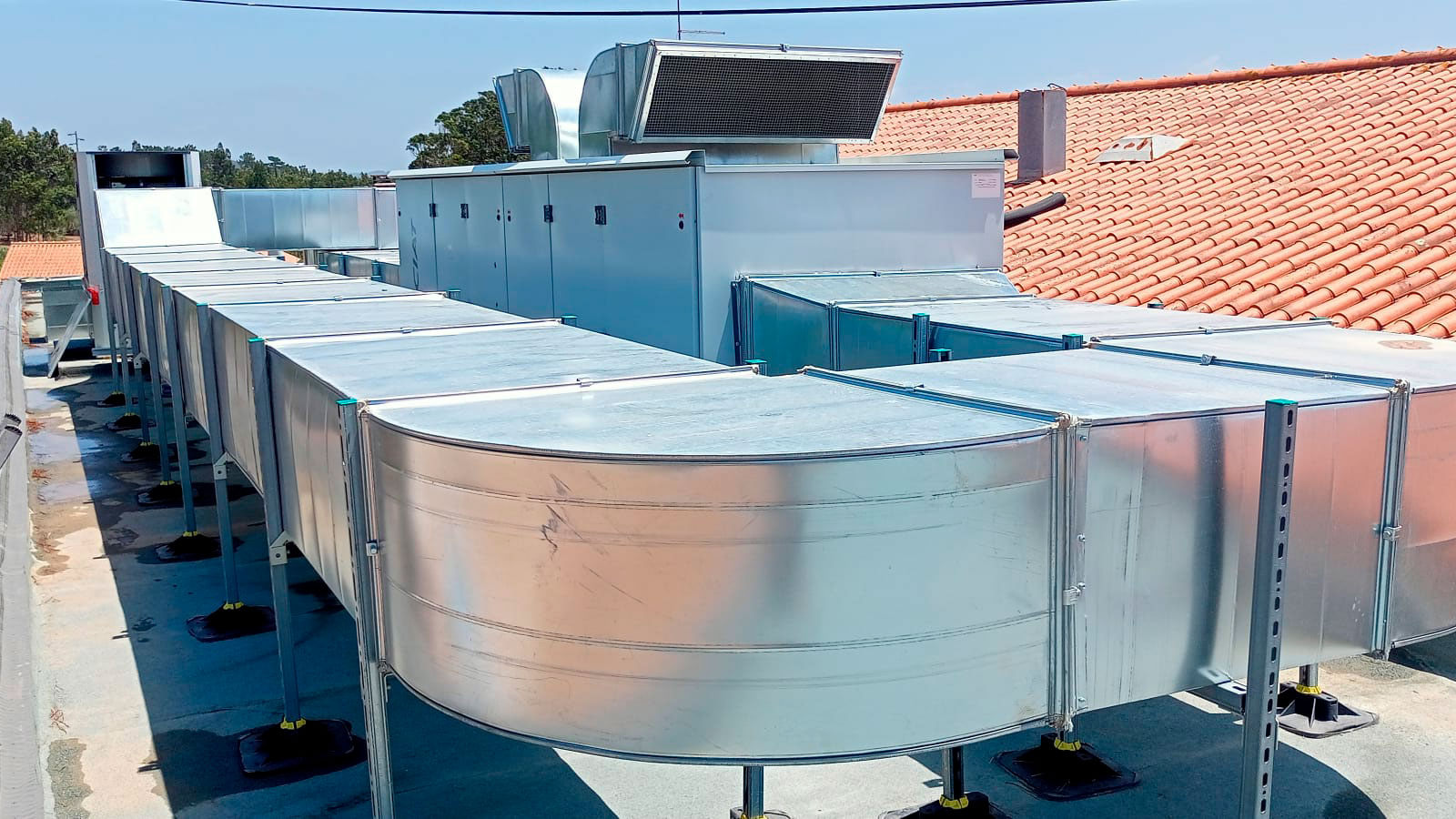The indoor spaces in which we enjoy our leisure and free time, especially in summer when temperatures rise and heat waves occur, must meet optimal levels for our well-being. These parameters of comfort and well-being are measured and evaluated according to an indicator known as Indoor Environmental Quality (IEQ).
Thermal comfort (which considers temperature and humidity) and indoor air quality are two critical elements for a satisfactory IEQ. Maintaining an optimal level of indoor thermal comfort, requires the necessary energy for heating and/or cooling, according to the season and the specific needs of the space. On the other hand, to ensure a high indoor air quality (IAQ), it is necessary to ensure effective air renewal in the building, in addition to an adequate filtration system.
In the air conditioning of large spaces such as offices, commercial premises, sports facilities, shopping centres and even indoor water parks, it is common to use rooftop units (RTU). These consist of compact, self-contained units installed on the roof that integrate all components to achieve both objectives, in other words, efficient air renewal and indoor thermal comfort. These systems guarantee high energy efficiency, reliable operation and low investment.

Today, these RTUs are equipped with advanced technologies, such as inverter compressors, electric expansion valves and variable speed fans, which contribute to efficiency and reduced energy consumption.
By Francisco Lozano, MEP engineer in Amusement Logic’s Architecture Dept.






